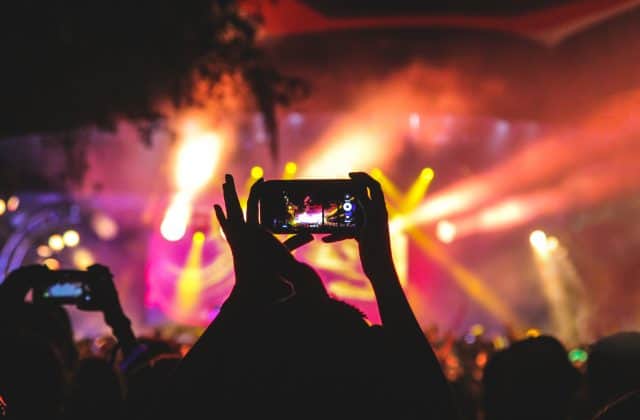How social networks have changed the way we communicate and relate
Its impact cannot be underestimated.
We know that there are positive aspects, in social networks, at sociability level and that they do not lead to social isolation (Ellison, Steinfield & Lampe, 2007; Valenzuela, Park & Kee, 2009). They can be implemented as part of a community in which thoughts or concerns and social protection at difficult and / or challenging times can be shared. Social networks can also create interpersonal relationships that move to real life; they can find old friends or strengthen current ones; and be maintain the user informed about the social events taking place.
They allow the person to show, through pictures or texts, an image of popularity among friends and a socially desirable profile, which is a process favorable to social integration in an offline life.
Another positive aspect of the online life is the youngster’s expression, exploitation and construction of identity, through the sharing of images that express their interests, passions, and the way they identify with the world that surrounds them. When they find acceptance and approval from others, their self-esteem increases, which promotes self-acceptance.
For students, social networks are also a learning environment in which they show greater participation and involvement (see Mattar, 2013).

Although social networks are a platform for individuals to express themselves and a large part of that interaction is positive, it is important to remember that it can also lead to abuses, negative feedback or even cyberbullying situations, which constitute a risk factor for mental health, education and social relationships.
Its use is healthy when it has a purpose and takes place in a reasonable amount of time, without negative impact in their emotional well-being; however, it cease to be when it implies excessive use of time resulting in negative effects both at the physical and psychological level, Davis (2001). In these situations there is a loss of social and personal life in which selfies are privileged to live and feel the moment, sometimes even despising their own physical security.
The impact on mental health
There was recently held in the UK an investigation by the Royal Society for Public Health with about 1.500 young people aged between 14 and 24, who were asked to rate each of the social platforms according to health and well-being criteria. YouTube was considered the most positive, and Instagram, with more than 80 million posts every day, the most negative on mental health, after Snapchat.
We know that one of the dangers of social networks is to be prone to the development of addictive behaviors (Al-Menayes, 2015) and that social networks can be used compulsively as a form of alienation and avoidance of reality and real social interactions or as an escape from a state of depression and/or anxiety.

It is important to emphasize that addiction implies changes in sleep pattern, often because the online nocturnal sessions take away time and quality of rest since the exposure to light may have the effect of suppressing melatonin and consequently delaying the circadian rhythm. It can also cause fatigue, lack of concentration, poor time management, apathy and irritability when offline; a strong need to be constantly connected so as not to lose the flow of photos and events that are going on online; social isolation and a strong impact on emotional well-being.







